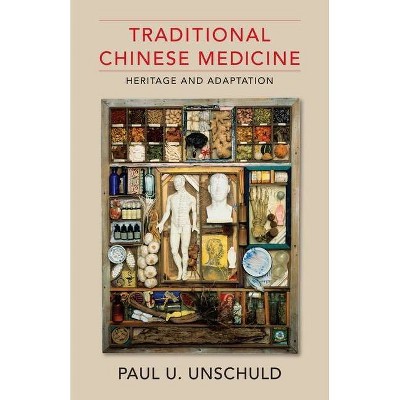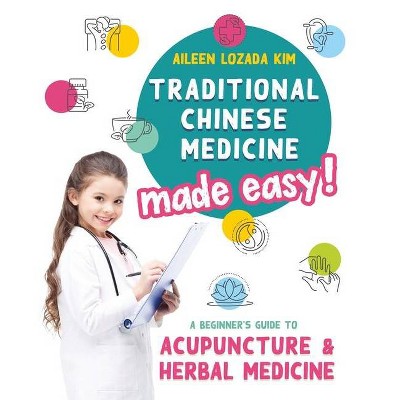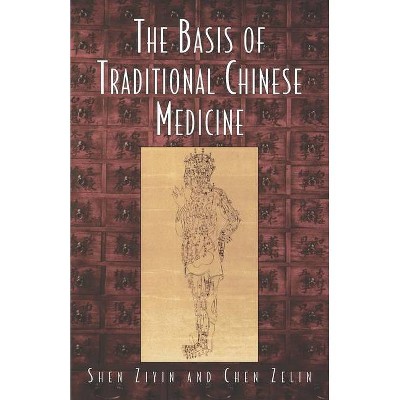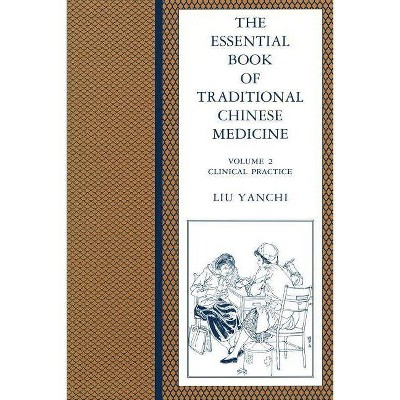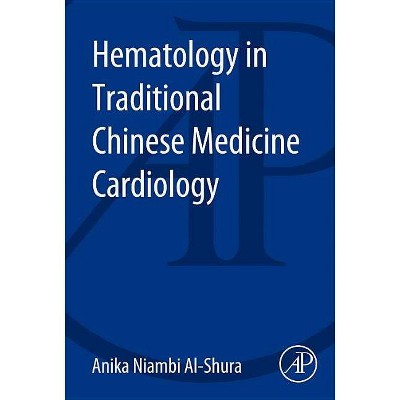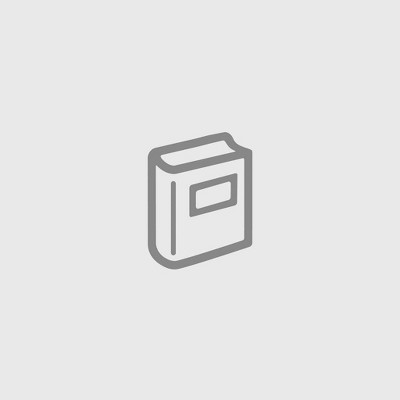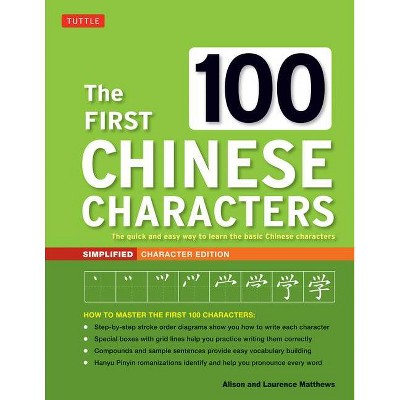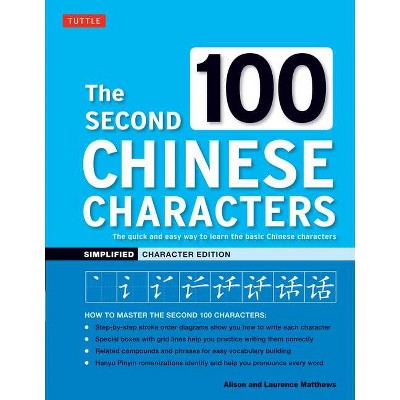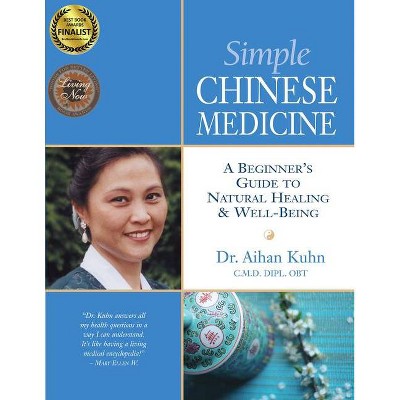Traditional Chinese Medicine Simplified - 3rd Edition by Ko Tan (Paperback)
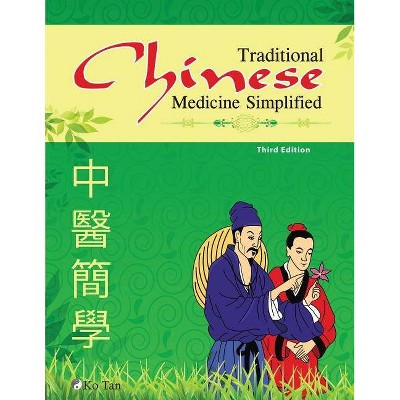
Similar Products
Products of same category from the store
AllProduct info
<p/><br></br><p><b> About the Book </b></p></br></br>This book demystifies the basic concepts of Traditional Chinese Medicine for the Western mind. It simplifies & condenses difficult concepts so that people of the West have a better understanding of this subject. TCM is written for teachers, students, and the public. The theory section includes historical facts and the fundamental concepts of TCM.<p/><br></br><p><b> Book Synopsis </b></p></br></br><p>"In Traditional Chinese Medicine (TCM), which is the most widely used healing system in the world, the body is viewed from a different perspective than in conventional Western medicine. This has resulted in different thoughts and beliefs. Chinese medicine operates very much at an energy level with Chi, Blood, Jing, and Shen. <br /> Its idea of striving for the balance of energy [Chi] uses a different vocabulary to describe what is considered the dynamic energy of the body. Because of cultural restraints rather than the development and use of the vocabulary of Western science, Chinese medicine has used the vocabulary of the poet. Traditional Chinese Medicine strives to balance Chi by using a variety of techniques. Chinese medicine includes acupuncture, herbal medicine, diet, meditation, physiotherapy (Tui Na), exercise (Dao In, Tai Chi Chuan, and Eight Treasurers), the energy movement therapy of Chi Gong, and shamanic psychotherapy. Acupuncture is developed on the Taoist model of Chi, or energy, and its state of movement within the channels or meridians of the body. It is applied when the Chi is impeded in its proper flow--the cause of illness--in order to restore flow and health.<br /> It is important to remember that Chinese medicine theory does not move in a linear way from one theory, idea, or hypothesis to another. Instead, the whole is always present; the Yin and Yang can only be refined, never abandoned. Traditional Chinese Medicine proceeds from the assumption that each person is a universe in miniature--the same forces that shape the macrocosm are within each of us. Chinese thinking is holographic: by observing the world we gain knowledge of a single being; each aspect of the body is reflective of the whole of which it is a part; and all the parts are connected and in constant interaction with one another. The human being is formed by the intermingling of psyche and soma, known as Shen and Essence.<br /> To understand TCM requires expanding your current Western thought process to include broader concepts and other ways of thinking about the mind and body, health, and illness. The easiest way to illustrate this is to make a comparison of concepts."</p>
Price History
Price Archive shows prices from various stores, lets you see history and find the cheapest. There is no actual sale on the website. For all support, inquiry and suggestion messages communication@pricearchive.us
